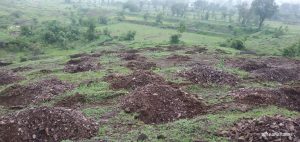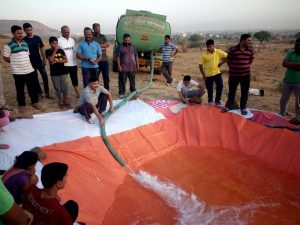Rain Water Harvesting
Rain Water Harvesting
India is endowed with extraordinarily diverse and distinctive traditional water bodies found in different parts of the country. Rainwater harvesting is a simple strategy by which rainfall is gathered and stored for future usage. The process involves the collection and storage of rainwater with help of artificially designed systems, that runs off natural or man-made catchment areas e.g. rooftop, compounds, rocky surface, hill slopes or artificially repaired impervious/semi-pervious land surface. The collected rainwater from surfaces on which rain falls may be filtered, stored and utilized in different ways or directly used for recharge purposes. Rainwater Harvesting is unrestricted from any kind of impurity, with relatively less storage cost and no maintenance cost involved except for periodical cleaning.
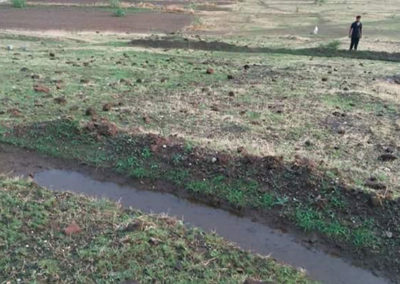
The groundwater table is depleting and modern infrastructure is restricting the rainwater to percolate. The situation can’t be ignored when India’s reliance on groundwater is over 60%. Residential Societies, Industries, Hotels, Corporates, and Hospitals are buying water tankers at hefty rates. The water table that took decades to build will not recharge on its own and instantly.
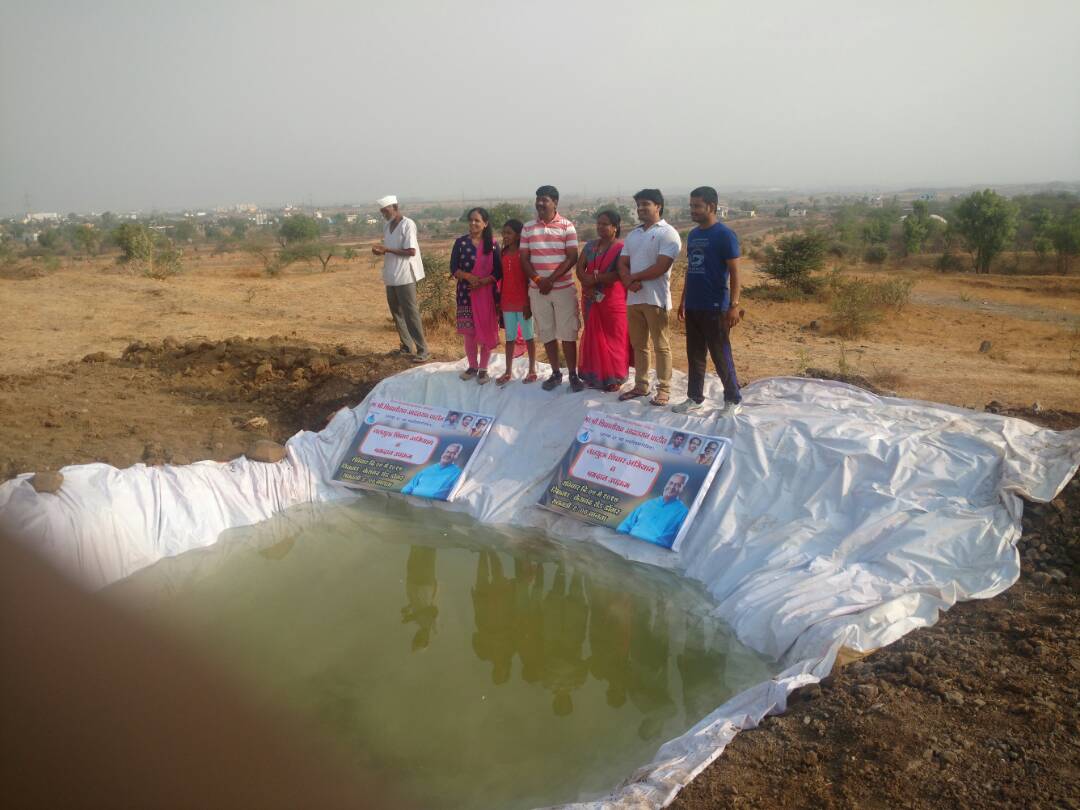
With depleting groundwater levels and fluctuating climate conditions, this measure can go a long way to help mitigate the adverse effects rising water scarcity. Reserving rainwater can help recharge local aquifers, reduce urban flooding and most notably, ensure water availability in water-scarce zones.
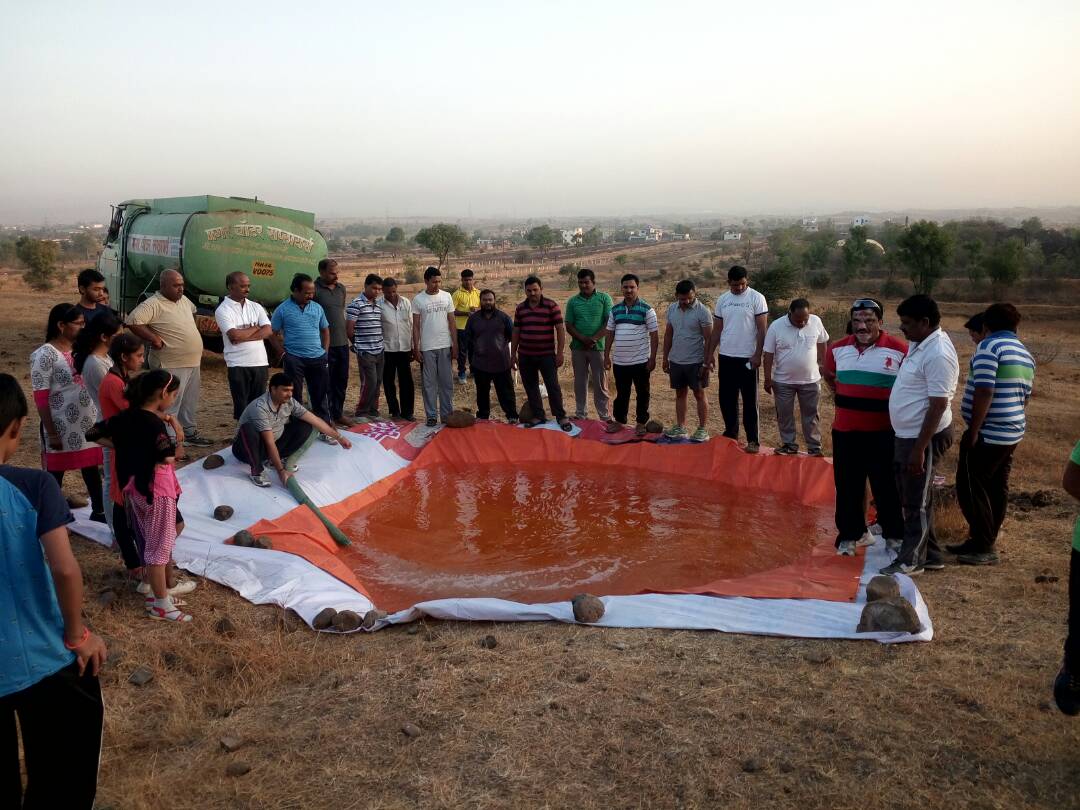
Harvesting and collection of rainwater is an adequate strategy that can be used to address the problem of the water crisis globally. The use of a rainwater harvesting system provides excellent merits for every community. It will not only provide the most sustainable and efficient means of water management but also unlock the vista of several other economic activities leading to the Empowerment of people at the grass-root level.
Our Videos
They collect the excess rainwater and help in replenishing groundwater.
Our Campaigns
Advantages of implementing rain-water harvesting:
Reduced Water Bills
Rainwater harvesting systems are cost-effective, provide high-quality water, lessens dependence on wells and are considerably easy to maintain since they are not utilized for drinking, cooking or other sensitive uses. The all-around expenditures used in setting up harvesting methods are much cheaper compared to other purifying or pumping means. The cost of recharge to the subsurface reservoir is also lower than the surface reservoirs.
Ecological benefit
Storing water underground is environment-friendly. The ecological benefits of rainwater harvesting are immense. It minimizes the impacts of flooding by funneling the off water into large tanks for recycling and helps reduce the load placed upon drainage systems. No land is wasted for storage purpose and no population displacement is implicated therefore, groundwater is not directly exposed to evaporation and pollution. Additionally, it helps minimize the possibility of rivers drying up.
Reduces erosion and flooding around buildings
It reduces soil erosion and flood hazards by collecting rainwater and reducing the flow of stormwater to prevent urban flooding. Most buildings that utilize rainwater harvesting systems have a built-in catchment area on top of the roof, which has a capacity of collecting large volumes of water in case of rainstorms.
An adequate means for Irrigation purpose
Harvesting rainwater allows the collection of large amounts of water and mitigates the effects of drought. Most rooftops provide the necessary platform for collecting water. Rainwater is mostly free from harmful chemicals, which makes it suitable for irrigation purposes.
Reduces demand on Ground Water
Another vital benefit is that it increases the productivity of aquifer resulting in the rise of groundwater levels and reduces the need for potable water. It is extremely essential, particularly in areas with low water levels.
There are two major techniques of rainwater harvesting.
1. Surface runoff harvesting
In this method, rainwater flows away as surface runoff and can be stored for future use. Surface water can be stored by diverting the flow of small creeks and streams into reservoirs on the surface or underground. It can provide water for farming, for cattle and also for general domestic use. Surface runoff harvesting is most suitable in urban areas.
Rooftop rainwater/storm runoff can be harvested in urban areas through:
• Recharge Pit
• Recharge Trench
• Tubewell
• Recharge Well
2. Groundwater recharge
Groundwater recharge is a hydrologic process where water moves downward from surface water to groundwater. Recharge is the primary method through which water enters an aquifer. The aquifer also serves as a distribution system. The surplus rainwater can then be used to recharge groundwater aquifer through artificial recharge techniques.
Rainwater in rural areas can be harvested through:
• Gully Plug
• Contour Bund
• Dugwell Recharge
• Percolation Tank
• Check Dam/Cement Plug/Nala Bund
• Recharge Shaft
Although rainwater harvesting measure is deemed to be a desirable concept since the last few years, it is rarely being implemented in rural India. Different regions of the country practiced a variety of rainwater harvesting and artificial recharge methods. Some ancient rainwater harvesting methods followed in India which includes Madakas, Ahar Pynes, Surangas, Taankas, etc.









